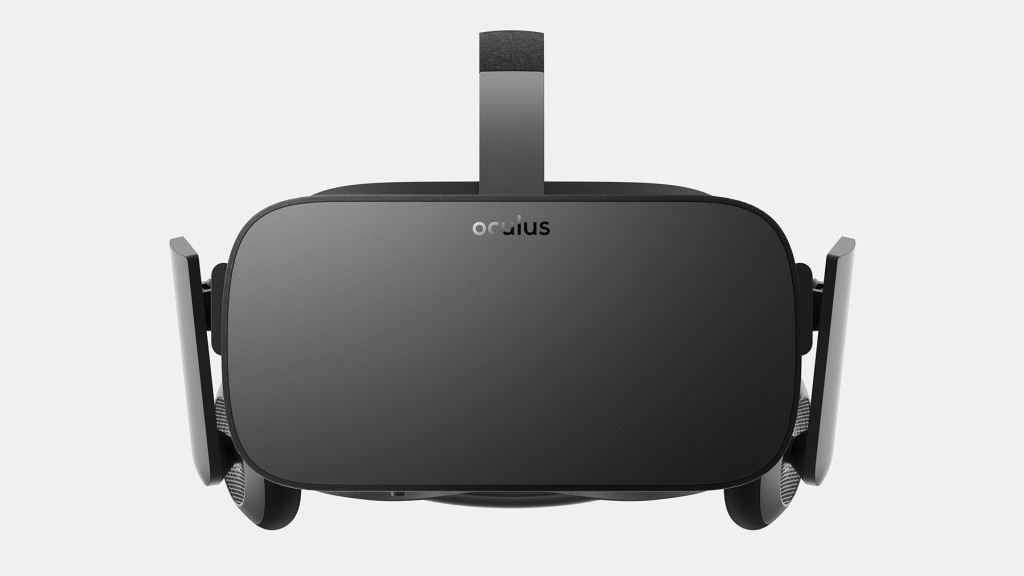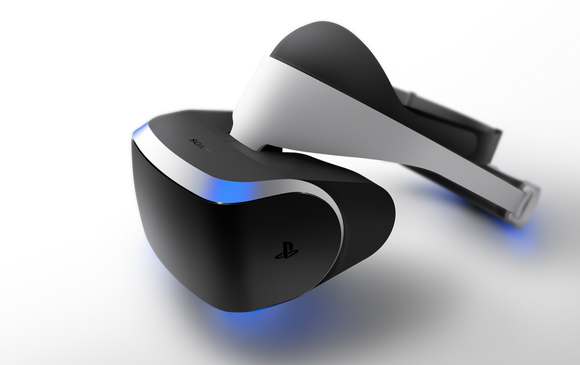2016 will be remembered as the year when VR touched down for consumers. While headsets have been available for a while now for those who backed certain Kickstarters or were willing to pay for expensive developers kits, it’s 2016 that they will be available to purchase by the mass consumer. The HTC Vive, the Oculus Rift and PlayStation VR will all be available to purchase by the end of the year, with more to follow.
VR is something that’s received a lot of media attention; not just by enthusiasts, but by mainstream outlets as well. It’s understandable, since the advancement of technology has made VR possible in a way it never was before (like 20 years ago, during VR’s first abortive emergence). It also shows really well at trade shows and press events, which is how most people have experienced VR so far.
At a trade show or press event, typically there’s usually about 10 to 15 minutes to experience whatever the product is. A lot of the VR experiences so far have been crafted around these limitations, designed to be played and finished within the set period of time. These sorts of experiences (many of which are very limited in their gameplay aspects) are nonetheless impressive and have demonstrates how compelling VR can be.
So whether the technology works or not isn’t really in question anymore. Many in the press and hardcore enthusiasts have seen it, played around with it, and been sold on it (quite literally). That is not the core of this article; what is the viability of VR as a good short-term way to focus development resources. Before anyone gets too exited over the long-term prospects, consider these logistical issues with VR for 2016.
Cost
PlayStation VR has a baseline price of $399 USD for the headset – however, users have to have PlayStation Camera ($50) and, of course, a PS4 (+$300) in order to actually use it. The Oculus Rift bundle (which has the headset and everything to operate it, plus an Xbox One controller and a copy of Lucky’s Tale) is $599 before shipping and tax. The HTC Vive (which includes the headset and accessories, two wireless controllers, plus the current offering of Job Simulator, Fantastic Contraption and Tilt Brush) is $799 before shipping and tax. Both the Rift and Vive also require a PC capable of running them, which can cost about $1000 itself if purchased though a major manufacture like Dell or Asus, though users might be able to shave off $200 or so if they assemble the PC themselves.
This is a non-trivial expense for a technological luxury. For certain people, the cost is probably negligible. For heavy enthusiasts, it’s certainly not going to preclude them from buying one (especially since they probably have many of the hardware prerequisites already take care of). However, for the average consumer who is starting from scratch, cost is probably the largest speed bump for VR. It’s a huge chunk out of a paycheck for something that, while nice to have, no one needs right now…
Necessity
It bares saying: no one strictly needs a VR headset in their lives. We’re not taking that as the extreme Luddite approach that “no one needs high-level technology at all”. Rather, the argument is that most people in America already possess the means to play video games readily without VR.

Over 80 percent of households have and HD television according to Leichtman Research Group. Nearly as many are believed to own a personal computer of some sort. Roughly 70 percent of households own at least one smartphone and about 45 percent have access to a tablet device, according to Pew Research. While none of these devices by themselves enable the same experience as a VR headset, they’re already present in people’s homes and in much larger numbers than VR headsets will be fore 2016 and the foreseeable future. It’s going to have the problem that a lot of gaming peripherals, from light guns to motion controls, have had over the years.
peripheral
VR headsets are peripheral devices. They might be extremely fancy and expensive peripherals, but they’re still peripherals. Since the dawn of video game peripherals, their support has always been hedged on how many have been purchased, which is inherently some lower percentage of the overall user base, whether we’re talking about PC gamers or console users.
To provide a relevant example, the first version of Kinect for Xbox 360 was a relatively popular peripheral for the system. Somewhere around 24 million units were sold and it also became compatible with Windows. Still, that’s only a fraction of the 84 million Xbox 360s that were sold.
While there were some issues with the size of the rooms to use the Kinect and proximity between player and the camera, set up was generally no fuss and no muss. VR on the other hand is a different story.


set up
The simpler you can make a device to set up, the more people it will ultimately appeal to more people. Usability is a huge thing for any piece of consumer hardware, with plug-and-play being the end goal. Right now, most VR headsets require a bit of prodding to get working.

The HTC Vive is far and way the most complicated to get up and running. It has two sensor boxes that have to be six feet (1.8 meters) off the ground and there has to be a 5 x 6.5 feet (1.5 x 2 meters) perimeter of space for the user to walk around in to properly use it. Even after that set up, there are anecdotal stories of difficultly getting the sensors to keep track of the headset and the controllers.

The Oculus Rift is simpler to set up, though it still requires going through a configuration utility and attaching the Rift to the PC and the positional tracker via cables. While it’s not known yet how the PlayStation VR will be set up, Sony will likely try to streamline the process as much as possible for the console audience, though that will still require some calibration with the PS4, the PlayStation Camera and any Move controllers being used with it.
While difficulties setting up VR headsets is a small hurdle and a figurative headache, it may be small compared to the literally headaches the devices can cause.
Headaches
Virtual reality sickness is a very real thing, and despite what the name might imply, it is not limited strictly to VR headsets. Anything that is a virtual environment that users are looking at can cause some amount of motion sickness. Most theories suggest that the disconnect between the sensory output of whatever the user is looking at (potentially exacerbated by the resolution and refresh rate of the virtual environment) and what the user is actually doing, resulting in disorientation and varying degrees of discomfort.
Many people have probably encountered a situation where they’ve felt ill (or someone they known has) by watching the action on a screen. VR headsets (which by their very nature fill the users entire field of view) make virtual reality sickness even more pronounced, with many reporting headaches, nausea and eyestrain after a very short period using the devices. Children under the age of 12 seem particularly susceptible to virtual reality sickness.
Some have suggested that a period of adjustment is needed, after which virtual reality sickness in VR headsets becomes much less likely. Others have said that it’s caused by certain games themselves while still others say that it’s a technological issue that can and will be overcome as the hardware improves. Regardless of the circumstances, it’s still something that’s not completely understood and it will be an issue for VR’s adoption rate if a significant percentage of its users get physically ill when using it.

The silver lining
VR is an exciting new trend within video gaming, and is something with potential to far beyond the sphere of games. There’s a lot of excitement around it, and many people want it to succeed, whether they simply like the technology or want to see new experiences in the gaming sphere. But when developers have to think about putting in time and money, they need to be sober in their decision before betting the bank on a VR project and consider how the above factors of cost, household penetration and general usability will probably limit VR gaming compared to other more established fields in 2016.
The light at the end of the tunnel are headsets like the Samsung Gear VR. These are much cheaper ($99 or less) than dedicated VR headsets. They’re also much simpler to set up and use, and considering the attach rate of smartphones (which serve as both the display and CPU) make for a much more affordable VR solution. They may not be as powerful as a top-line PC using the Oculus Rift, but the lower barrier to entry will be appealing to a larger audience.
VR and AR (Augmented Reality) have applications far beyond games, so they’re not going to just go away. Together with motion controls (something developers should remember was set to “take over” games before it assumed a niche) there’s a whole new level of immersion possible in video games and experiences never before possible. When that happens, be it in one or five years from now, VR will be a good safe investment for developers, but for now, caution is recommended before anyone develops a project exclusively for VR.
Comments









